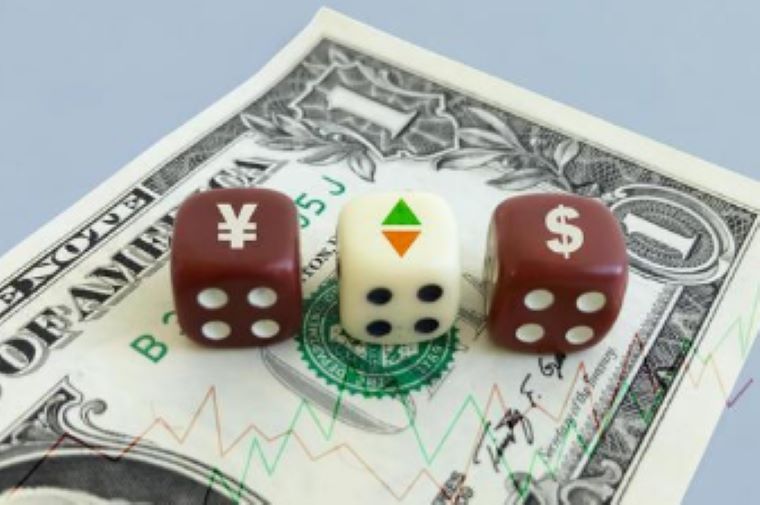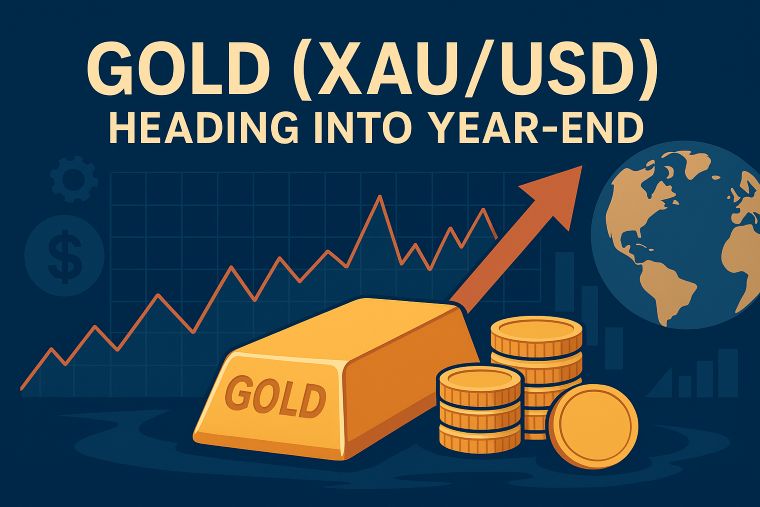2 min to read
A noteworthy resurgence of purchasing activity for the US dollar has transpired
leading to a significant uptick in buying momentum for the USD/JPY pair.

“In the current New York foreign exchange market, a noteworthy resurgence of purchasing activity for the US dollar has transpired, leading to a significant uptick in buying momentum for the USD/JPY pair”
The pair temporarily ascended to approximately 149.75 yen, indicating a potential reentry into the 150 yen range. This surge was instigated by the release of data affirming the robustness of the labor market, with weekly jobless claims figures underscoring its stability. Furthermore, the final revised value of the University of Michigan Consumer Confidence Index experienced an upward adjustment, intensifying the demand for the dollar. As the adjustments to long positions ahead of the Thanksgiving holiday concluded, a notable influx of buying interest from Japanese importers was also observed. The recent downturn in U.S. bond yields, persistent from the start of the month until last week’s inflation indicators, has also shown signs of alleviation.
Despite the USD/JPY witnessing a precipitous drop to the mid-147 yen range in the preceding session, it promptly recouped losses within the same day, forming a candlestick with a long lower shadow resembling a hammer. This bullish reversal suggests a prevailing inclination toward upward expectations. With both the U.S. and Japanese markets closed for holidays tomorrow, attention is directed toward whether the pair will test the 150 yen mark upon resumption, although there are indications of potential selling pressure at that level.
Conversely, the EUR/USD retracted to the 1.08 dollar range. Although it briefly dipped into the mid-1.08 dollar range, the presence of the 200-day moving average around 1.0810 dollars has prompted anticipation of potential testing of this level in the upcoming days.
Despite the recent recovery in the EUR/USD, strategists from major U.S. banks maintain a bearish outlook on the euro for the upcoming year. The Eurozone’s slower growth compared to the United States implies a potentially prolonged period of underperformance for the EUR/USD. These experts suggest the possibility of the EUR/USD declining to parity (1.00 dollars) in the next few months.
Following a period of trading between 1.00 and 1.05 dollars in the first half of next year, these strategists predict a rebound to 1.13 dollars by the fourth quarter.
The GBP/USD also encountered selling pressure on retracement, temporarily descending to the mid-1.24 dollar range. Today, UK Chancellor of the Exchequer Rishi Sunak unveiled the autumn budget, introducing anticipated tax reduction measures. However, growth forecasts were revised downward. The Sunak administration seems to be striving for economic uplift ahead of the anticipated general election next year.
Economists suggest that the current tax reduction measures are unlikely to impact future rate cuts by the Bank of England, and there is a high likelihood of rate cuts beginning in the first half of next year, particularly in May. Despite various policy initiatives, fiscal policy is expected to restrain growth in 2024. UK consumers are projected to allocate some surplus funds to savings and spend some on imported goods, diminishing the upward impact on GDP.
Visit XM Official Website.

